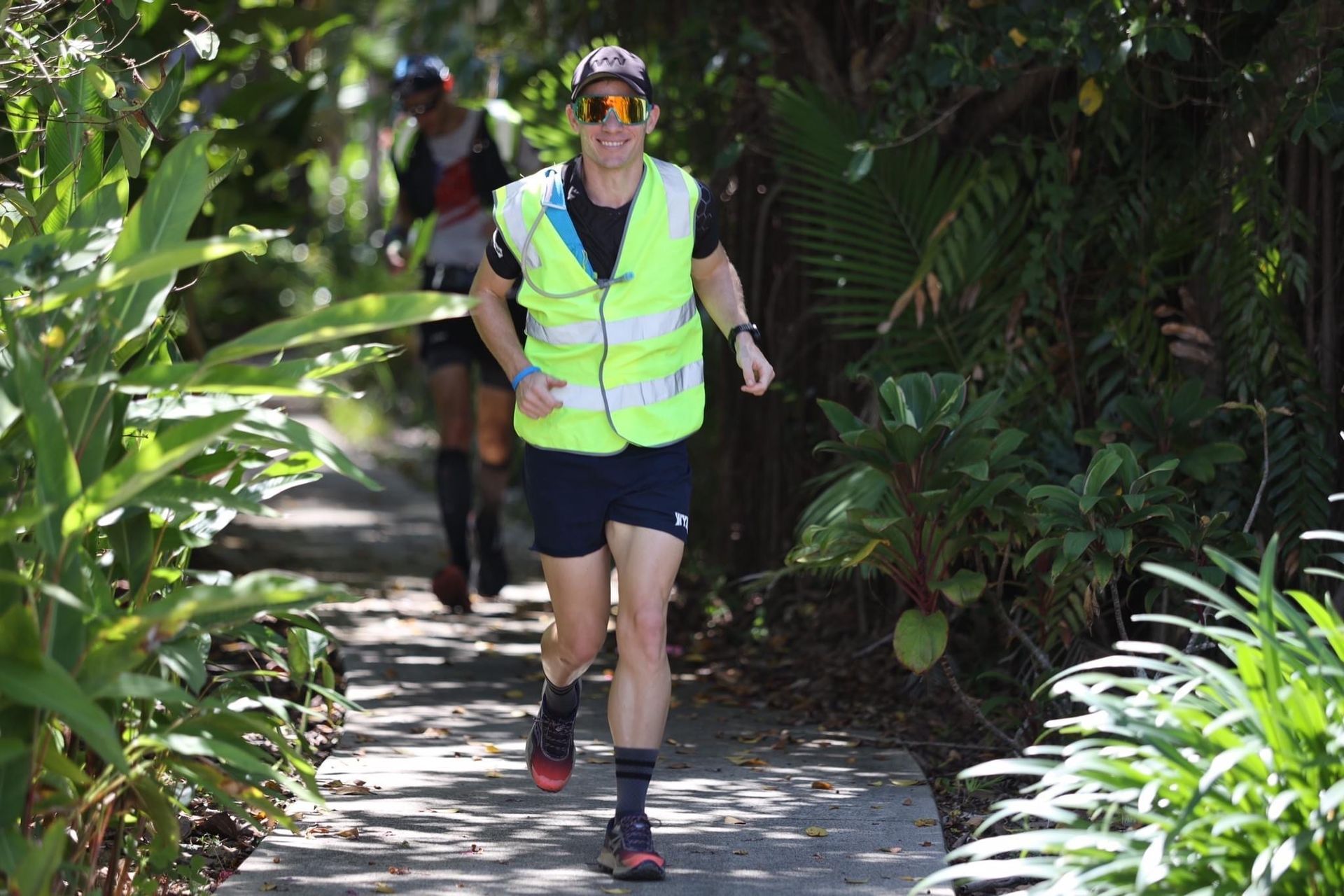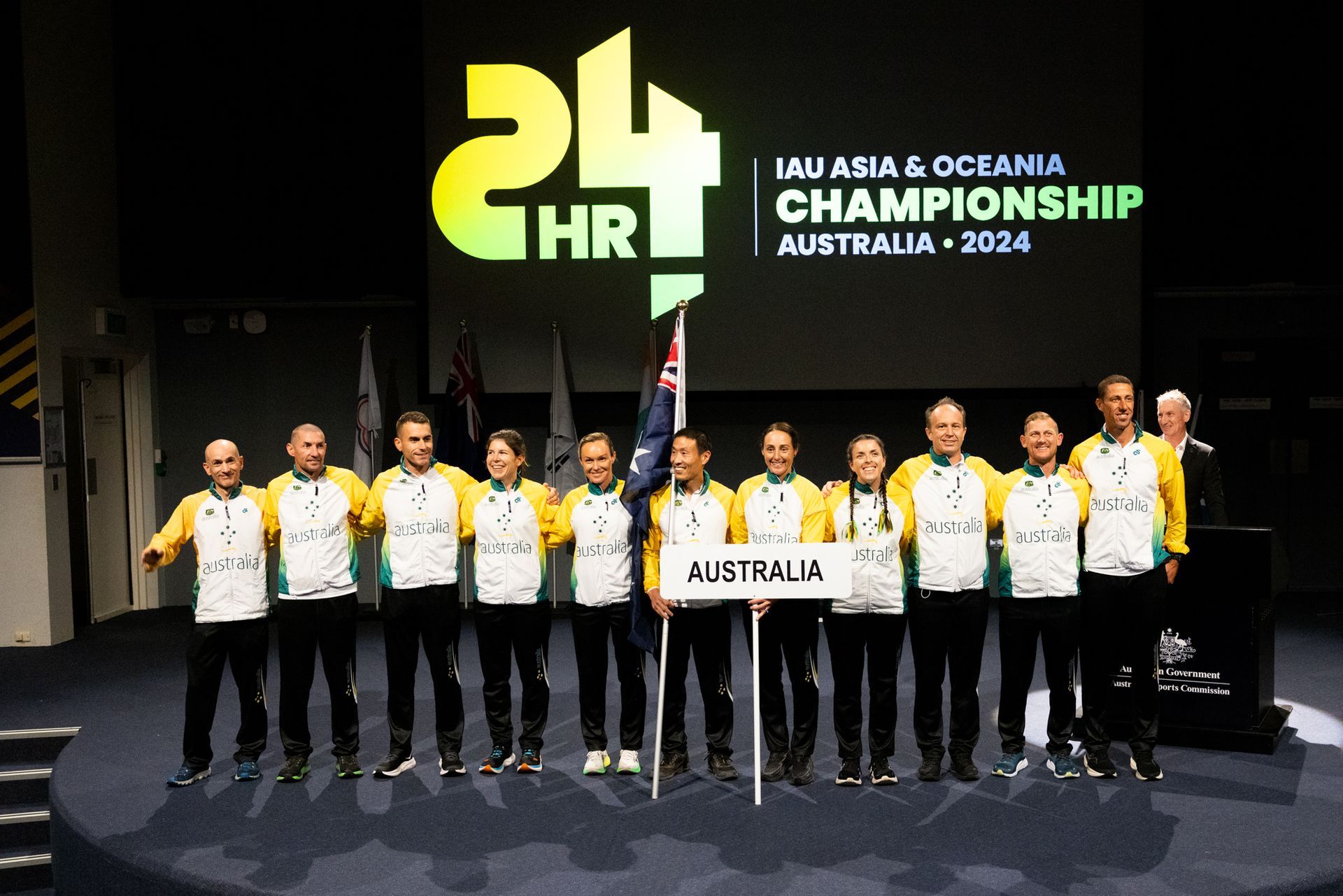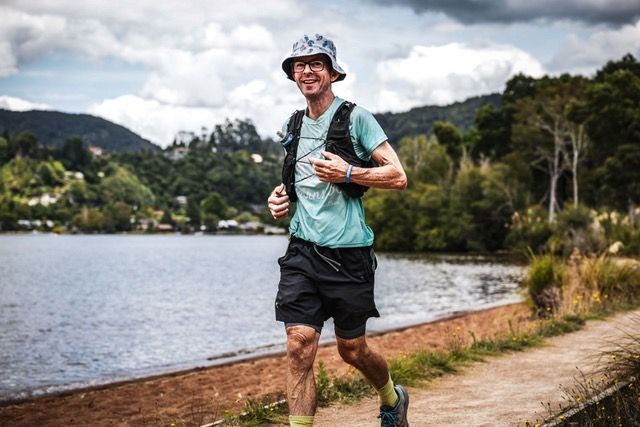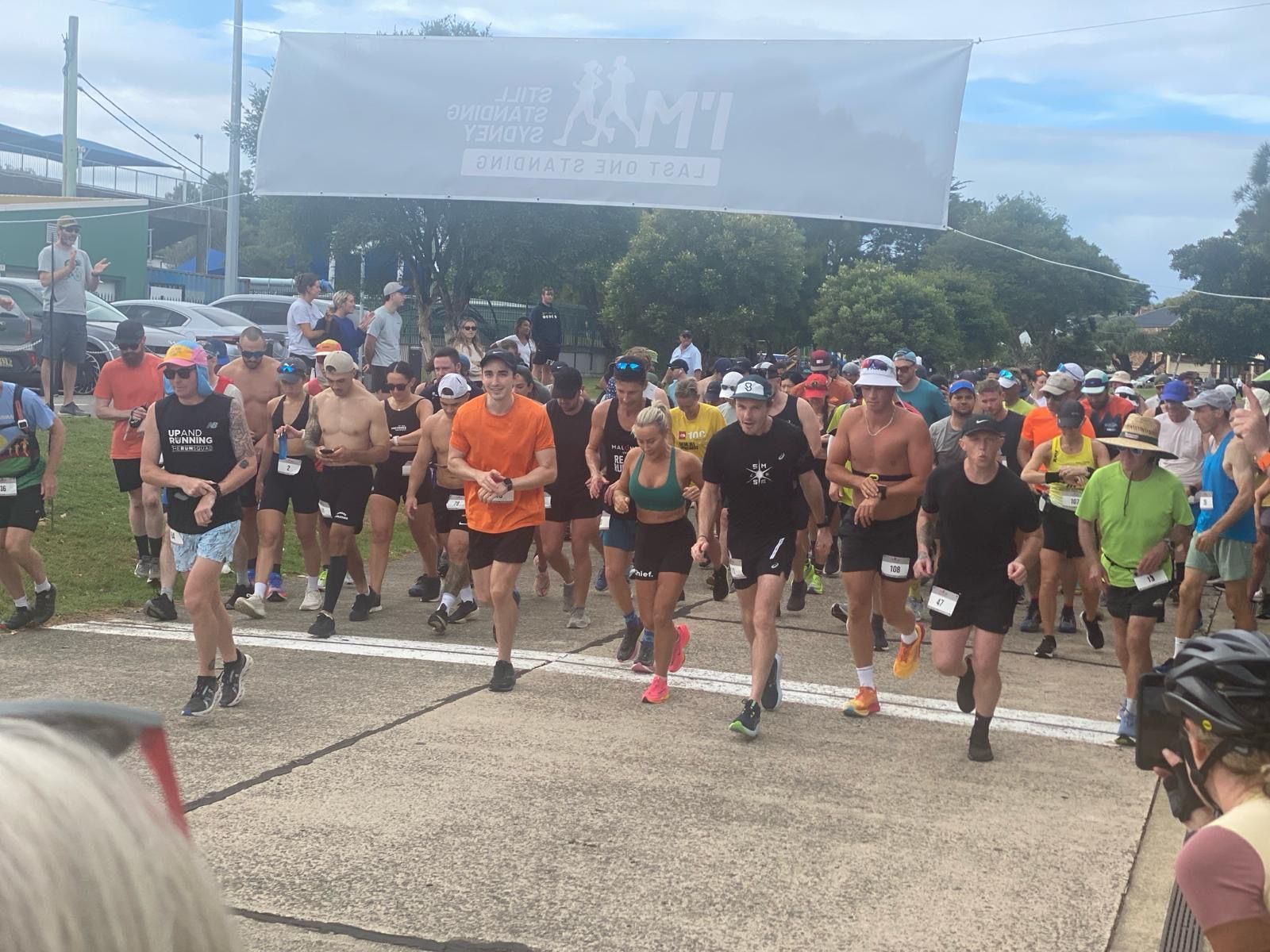
COACH’S CORNER - Carb Periodisation & Ultra Running by Joshua Duff
hear it first from smurf endurance sports' director and coach joshua duff, all about carb periodisation

Over the past 10-15 years, debate has raged in the endurance sports space about how to best fuel training and racing. Most recently, there are reports of elite ultrarunners consuming up to 120g of carbohydrate (CHO) per hour to fuel races, which is counter to other elite runners who have taken on a more low CHO approach. However, there is a developing area of research regarding CHO periodisation and how this may be the optimal strategy for fuelling endurance training and racing.
Let’s dive in to what this means and could look like for both amateur and elite ultrarunners.
FUEL TYPES
During prolonged exercise, such as ultrarunning, our body utilises two fuel types, those being carbohydrate (CHO) and dietary fat, to support our metabolism and keep us moving forward. CHO is stored as glycogen in the muscles and liver, and fat in fat cells and muscle. The rate at which we use these two fuel substrates is dependent upon our exercise intensity and duration, heat stress and our recent diet (1). Our body has a finite storage capacity of CHO, whereas our fat stores (even for very lean athletes) are effectively unlimited.
What this could mean is that having a robust capacity to utilise fat as a fuel source during exercise may reduce the burden placed on our limited CHO stores, therefore maintaining CHO availability and delaying fatigue (2, 6, 7). In relation to ultrarunning which is (except for elite and high performing amateurs) mainly completed at a low intensity below the aerobic threshold, fat is likely to be the major fuel source for exercise. This is in contrast to high intensity exercise which relies mainly on CHO for fuel. Therefore, it makes sense to become better at oxidising fat for fuel to improve your ultrarunning training and racing performance.
WHAT IS CHO PERIODISATION?
If developing our capacity for oxidising fat for fuel may assist our training and racing, how do we do it? Recent studied in 2018 and 2022 out of New Zealand examined endurance athletes and CHO intake around training sessions. This study found that periodising CHO around training to maximise fat oxidation while also enabling high performance at higher intensities led to increases in fat oxidation at low intensities while also maintaining high performance at higher intensities (3, 4).
What this looks like in practice is very similar to training periodisation where, instead of manipulating the training program to best achieve our training objectives, we are manipulating our CHO intake around training to best achieve our metabolic and training objectives for individual sessions (5). For example, prior to a high intensity V02 Max session, you may want to consume some CHO to support the quality of that training session. In contrast, a lower intensity session may be completed fasted and on no CHO (up to 1-3 hours depending upon your current capacity for fat oxidation) to upregulate fat oxidation. Therefore, not only are you maximising the training effect, but also the metabolic conditioning required for high performance in ultrarunning.
There is also recent research to suggest that ‘training the gut’ may reduce gastrointestinal distress associated with high rates of CHO ingestion during exercise, particularly runners (8, 9, 10). Therefore, there is also worth in taking on this approach particularly in race specific sessions and long sessions closer to race day to maximise your capacity for digesting exogenous CHO during exercise. It is important to note here that for racing, aiming to ingest most of your fuel from CHO is the best strategy for optimal performance.
WHAT IS IT NOT?
There are some points to make very clear with the CHO periodisation approach as to what it is not:
· CHO periodisation isn’t necessarily low carb high fat (LCHF) – but it can be. Adopting a LCHF lifestyle may heighten the upregulation of fat oxidisation, but is not essential to the approach
· It is not keto. The reality is that we require CHO to perform at our best and a keto approach (except possibly for short periods of time or those with metabolic diseases) is not optimal for ultrarunning performance
· It is not limiting fuel intake or calorie restriction. You still need to ensure you take on sufficient calories before, during and after exercise when appropriate via CHO, dietary fats and protein. It simply the manipulation of what source and when we take on this fuel
· It is not limiting CHO during racing. For these big efforts, CHO is essential to optimal performance
WHAT DOES THIS ALL MEAN?
If you were to apply a periodised CHO approach to maximise your physiological and metabolic conditioning for ultrarunning, there is adequate evidence and research to suggest that this may work towards optimising your performance. What this looks like is:
· Restricting carbohydrate intake around and during lower intensity activity with low glycolytic demand
· Beginning very long duration training sessions fasted and with no CHO for the first 1-3h to improve fat oxidation, then ingesting carbohydrates to help extend the duration of those sessions
· Fuel more intense sessions with CHO to support training quality and maximise the stimulus for adaptation
· Ensure adequate overall calories are always ingested to fuel your training, racing and general day-to-day life
· Fuel your races with CHO at a level that suits you and your race day needs
But is also means ensuring you have discussions around fuelling training and racing with your coach or a sports nutritionist to ensure you get the best possibly advice for you. Because as we know, everyone is different and will have different energy demands.
Joshua duff is the director and head coach of smurf endurance sports based in cairns, far north queensland. if you would like more information on being trained by joshua, click through here to our aura endorsed coaches page.
References
1. Plews, D. July 31, 2023. Unveiling the Potential: New Research on Fat Oxidation at Higher Exercise Intensities.
2. Plews, D. December 21, 2022. Maximal fat oxidation rates: What does it mean, what does it tell you?
3. Maunder E, Kilding AE, Plews DJ. Substrate metabolism during Ironman Triathlon: Different horses on the same courses. Sports Med 48: 2219–2226, 2018.
4. Rothschild JA, Morton JP, Stewart T, Kilding AE, Plews DJ. The quantification of daily carbohydrate periodization among endurance athletes during 12 weeks of self-selected training: presentation of a novel Carbohydrate Periodization Index. doi: https://doi.org/10.1101/2022.06.21.22276725.
5. Plews, D. August 31, 2022. Right Fuel, Right Time – Carbohydrate Manipulation to Make Every Session Count!
6. Frandsen J, Vest S, Larsen S, Dela F, Helge JW. Maximal fat oxidation is related to performance in an Ironman triathlon. Int J Sports Med 38: 975–982, 2017.
7. Maunder E, Plews DJ, Wallis GA, Brick MJ, Leigh WB, Chang WL, Stewart T, Watkins CM, Kilding AE. Peak fat oxidation is positively associated with vastus lateralis CD36 content, fed‑state exercise fat oxidation, and endurance performance in trained males. Eur J Appl Physiol 122: 93–102, 2022.
8. Costa RJS, Miall A, Khoo A, Rauch C, Snipe R, Camões-Costa V, Gibson P. Gut-training: the impact of two weeks repetitive gut-challenge during exercise on gastrointestinal status, glucose availability, fuel kinetics, and running performance. Appl Physiol Nutr Metab 42: 547–557, 2017.
9. Cox GR, Clark SA, Cox AJ, Halson SL, Hargreaves M, Hawley JA, Jeacocke N, Snow RJ, Yeo WK, Burke LM. Daily training with high carbohydrate availability increases exogenous carbohydrate oxidation during endurance cycling. J Appl Physiol 109: 126–134, 2010.
10. Miall A, Khoo A, Rauch C, Snipe RMJ, Camões-Costa VL, Gibson PR, Costa RJS. Two weeks of repetitive gut-challenge reduce exercise- associated gastrointestinal symptoms and malabsorption. Scand J Med Sci Sport 28: 630–640, 2018.










